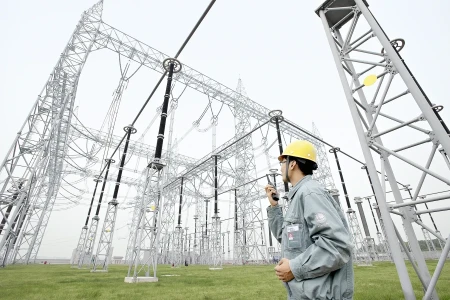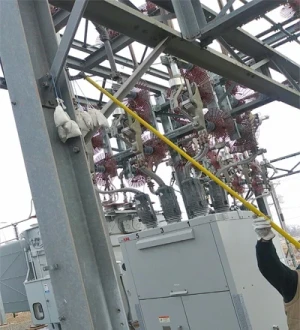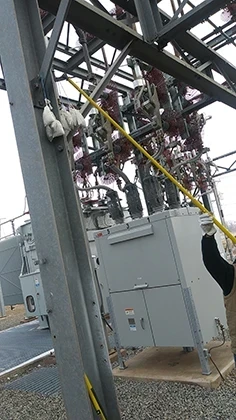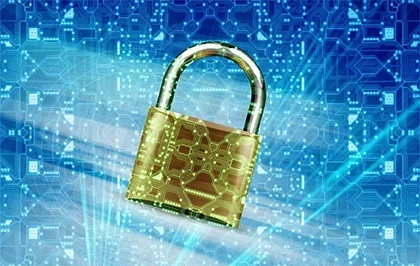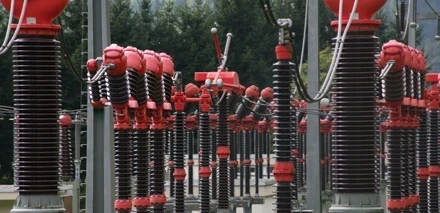Cybersecurity in Modern Substations: Protecting the Grid from Emerging Threats
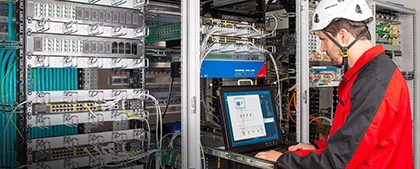
As substations become more interconnected and automated, they are increasingly vulnerable to cyberattacks. These critical nodes of the power grid are essential for ensuring a stable and reliable energy supply, making their protection paramount. Strengthening substation automation controls is key to preventing remote access vulnerabilities.
This article delves into the latest cybersecurity strategies and technologies being employed to safeguard the grid, providing an overview of the current cybersecurity landscape, implementation of advanced security measures, best practices for utilities, and an analysis of regulatory requirements and standards. As digital technologies grow in complexity, securing a digital substation becomes an essential aspect of utility cybersecurity.
Overview of the Current Cybersecurity Landscape and Threat Vectors Targeting Substations
The modern power grid is a complex, interconnected network that relies heavily on digital technologies for monitoring, control, and communication. While these advancements have improved efficiency and reliability, they have also introduced new vulnerabilities. Substations, as integral components of the grid, are prime targets for cyber threats due to their critical role in power distribution and transmission. The foundation of any secure substation is resilient electrical substation components that resist tampering and cyber infiltration.
Cyber threat vectors targeting substations include malware, ransomware, phishing attacks, and advanced persistent threats (APTs). These attacks can originate from various sources, including nation-state actors, cybercriminals, and hacktivists. The potential impacts of a successful cyberattack on a substation are severe, ranging from power outages and equipment damage to data breaches and financial losses.
One notable example is the Ukraine power grid cyberattack, in which hackers used malware to disrupt the operation of multiple substations, causing widespread power outages. This incident highlighted the need for robust cybersecurity measures to protect substations from similar attacks.
Implementation of Advanced Encryption, Intrusion Detection Systems, and Secure Communication Protocols
To counter these threats, utilities are implementing advanced cybersecurity technologies and strategies. Encryption is one fundamental measure used to protect data integrity and confidentiality. By encrypting data transmitted between substation components and control centers, utilities can prevent unauthorized access and tampering. Even legacy systems can be hardened through improved electrical substation design tailored to support cyber-safe upgrades.
Intrusion detection systems (IDS) are also crucial for identifying and responding to cyber threats in real-time. These systems monitor network traffic and system activities for signs of malicious behaviour. When an anomaly is detected, the IDS can alert operators, enabling them to take immediate action to mitigate the threat. Advanced IDS solutions use machine learning algorithms to improve detection accuracy and reduce false positives.
Secure communication protocols are essential for ensuring the authenticity and integrity of data exchanged within substations. Protocols such as Secure SCADA Communication Protocol (SSCP) and Transport Layer Security (TLS) are commonly used to encrypt and authenticate communication between devices. Implementing these protocols helps prevent eavesdropping, man-in-the-middle attacks, and other forms of cyber intrusion.
Well-designed electrical substation maintenance procedures help identify and patch security gaps before they are exploited. You can also visit our Substation Maintenance training course.
Visit our Electricity Forum Electrical Substation Channel Page.
Read full article in the Substation And The Grid Special Edition

